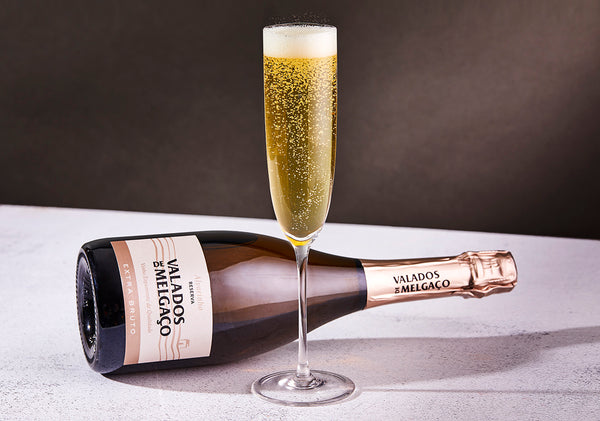If You Want Vodka, Give Peas a Chance

If You Want Vodka, Give Peas a Chance
A vodka was recently launched in Texas, BLK EYE (no, don’t ask me how you pronounce it), that’s made from black-eyed peas. It’s not exactly an obvious choice for a spirit, but it’s far from being the most unusual. I was also recently told about a gin made from cheese, and in the UK Black Cow Vodka made from milk is a stunningly smooth vodka that’s been winning all kinds of awards around the world. So why not give peas a chance?
To understand how these creations are possible, you need to know the basics of the distilling process, which is quite simple at its heart. You take something that has got either sugar or starch in it, which applies to thousands of natural items such as potatoes, wheat, grapes… and black-eyed peas.
If the item has starch but no sugar, like potatoes, then you boil them to make a mash. In this case you’ve made a potato mash rather than mashed potatoes, and you’ve turned some of those starches into sugars. If you’re using something that already has sugar in it, like fruit juice, you can skip the boiling.
The next step is fermenting. You take either the mash or the stuff with sugar in it, and throw in some yeast. It starts to ferment, and yeast attacks sugars and creates ethanol, otherwise known as ethyl alcohol. After a few days you stick everything in a still and heat it. This is distilling. It drives off the alcohol, which you collect and drink, after watering it down a little. If you’ve ever had a sip of undiluted alcohol, you’ll know why. It’ll be your eyes that are watering.
The process is even simpler if you start with something like wine, which has already been through the fermentation process. Then you go straight to the distilling. Vodka has been made from pinot noir, and even from beer, but there could be a reason the shelves of your local liquor store are not overflowing with vodka made from beer.
It’s much more common to make vodka from grapes rather than wine, and Ciroc is the most famous vodka that’s made from grapes.
Most vodka is made from rye, wheat or potatoes, as they work best to create a smooth taste. They’re also cheap and widely available. But that doesn’t stop distillers experimenting with other source materials. Some smack of gimmicks, others produce interesting results. In Japan there’s vodka made from Japanese rice. Heck, they make sake with it, why not vodka?
There’s vodka made from sugarcane, from quinoa, from peaches (as opposed to peach-flavored vodka), and several from apples. Snow Leopard Vodka is made from spelt (which is a type of wheat) and it’s superb… as well as supporting a good cause, the protection of snow leopards.
Other less-conventional ways of making vodka include from soybeans, figs, whey, honey, sugar beets, cream corn, and sorghum. Dan Aykroyd’s Crystal Head Vodka is made from a combination of cream corn and peaches, while both Tito’s and Deep Eddy Vodka use corn. One vodka’s even been made from the most evil-tasting substance known to man: horseradish.
Which brings me back to black-eyed peas, and a vodka made not out of novelty but out of necessity. A farmer was growing black-eyed peas in Muleshoe, Texas, and one year he saw that the crop wasn’t exactly going to be great. Wondering what he could do with black-eyed peas that were below-par, he had the bright idea of trying to make vodka from them.
The vodka’s distilled 22 times, each distillation removing the heads and the tails (the poorer-quality parts of the distillate), to concentrate the best part. They’re clearly doing something right, as straight from the get-go the vodka’s been winning gold and silver medals in competitions from New York to San Diego, and even worldwide. Not bad for the humble black-eyed pea.












